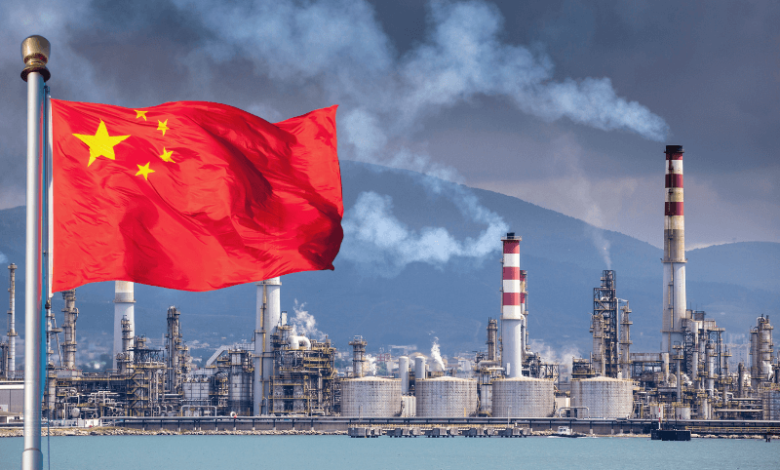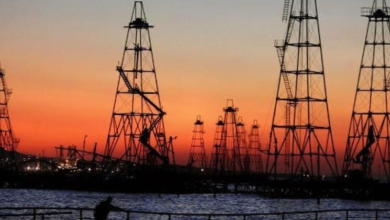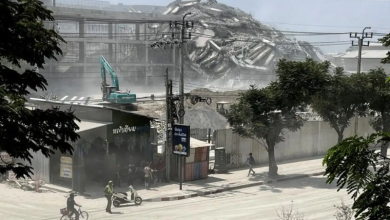China recording rapid emissions of greenhouse gases more dangerous than CO2

Perfluorocarbons are used in the manufacturing processes for flat-panel televisions and semiconductors, or as by-products from aluminium smelting. They can stay in the atmosphere for thousands of years, unlike CO2’s lifespan of up to 200 years.
Researchers led by Minde An at Massachusetts Institute of Technology have examined the emissions of a couple of perfluorocarbons in China, tetrafluoromethane and hexafluoroethane. Both these gases have atmospheric lifetimes of 50,000 and 10,000 years, respectively.
Emissions of these potent greenhouse gases have substantially increased in the country over the last decade. By analysing atmospheric observations in nine cities from 2011 to 2021, the research team found that both gases exhibited an increase of 78% in emissions.
CO2 still accounts for 76% of total GHG emissions in China
By 2020, China represented 64-66% of Global emissions for tetrafluoromethane and hexafluoroethane – suggesting that the country is the dominant driver in the release of the potent perfluorocarbons into the atmosphere globally.
The emissions mainly originate from the less populated industrial zones and are thought to be due to the role of perfluorocarbons in the aluminium industry. Nonetheless, despite the rising level of perfluorocarbons, CO2 still accounts for about 76% of total GHG emissions.
Greenhouse gases play a crucial role in fueling the raging climate crisis. Climate change has turned into one of the greatest threats humans have ever faced. It has been intensifying natural disasters across the globe and elevating temperatures in different countries.
Industries must balance efficient production & climate mitigation
The ongoing rapid expansion of China’s aluminium and semiconductor industries is bound to lead to high levels of fluorocarbon emissions – eventually hurting the country’s carbon neutrality goal. China seeks to achieve “peak carbon” emission by 2030 and carbon neutrality by 2060.
Several global organisations argue that the aluminium industry should balance efficient production and climate mitigation. There is a critical need for greenhouse gas emissions to drop in the near future for the climate crisis to become less dangerous.
Despite being a significant source of carbon emissions, aluminium production is also essential in the energy transition from fossil fuels to cleaner energy sources by helping produce technologies of the hour, such as electric vehicles and solar panels.



